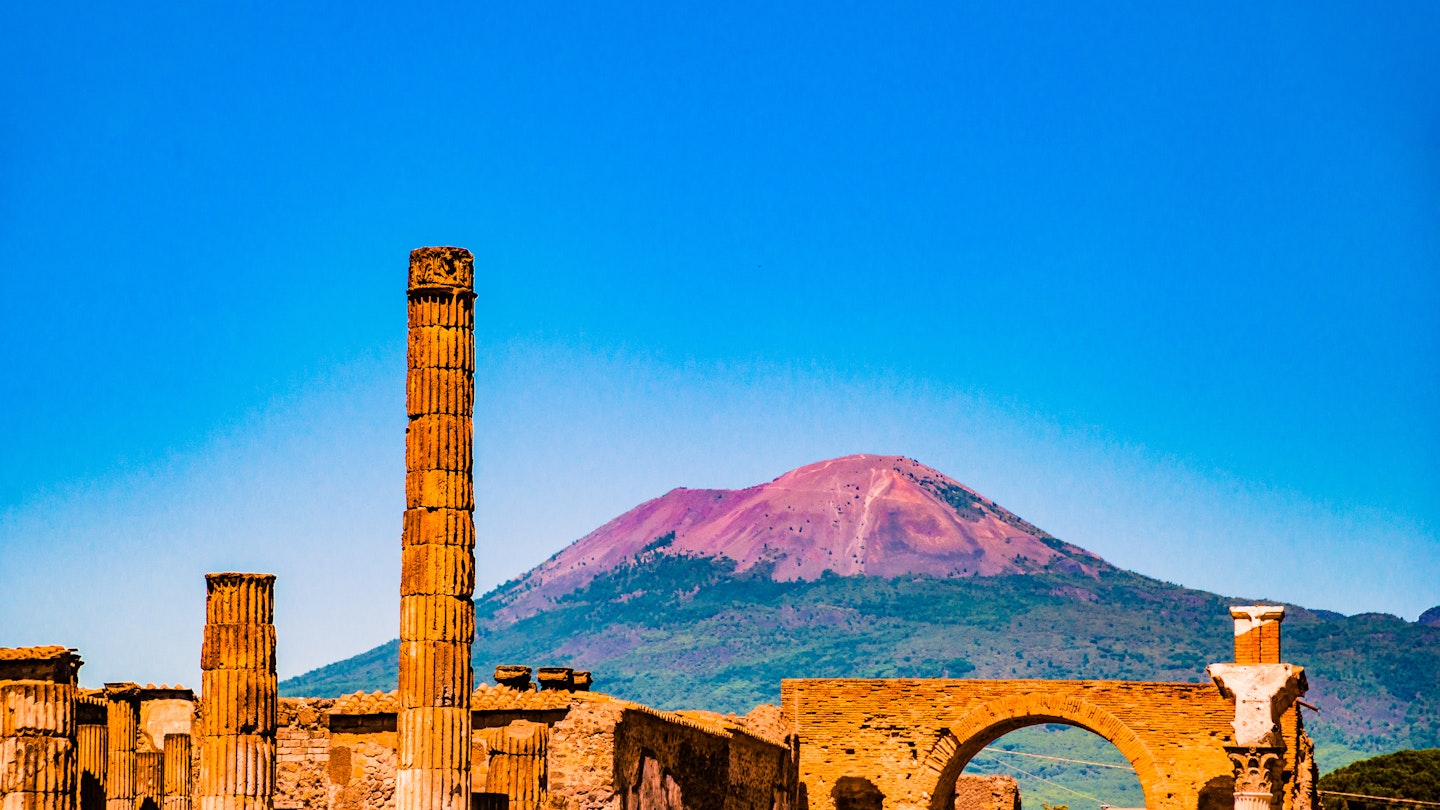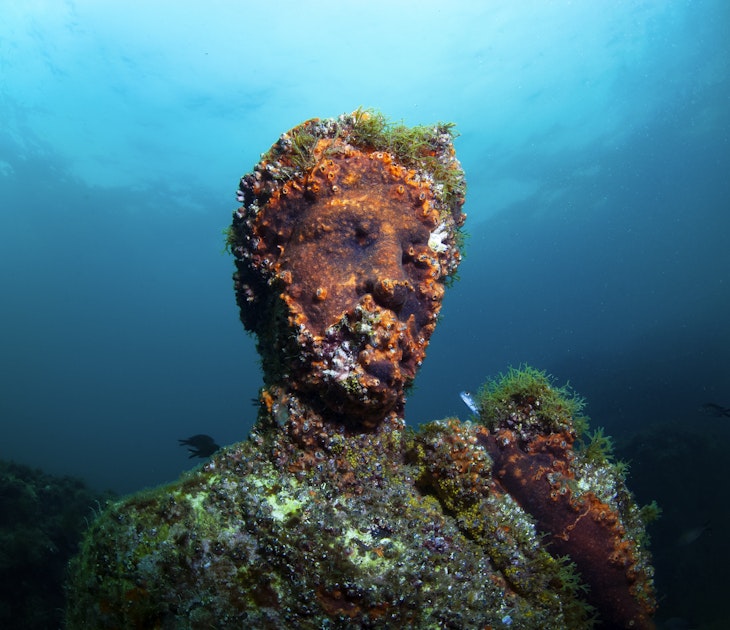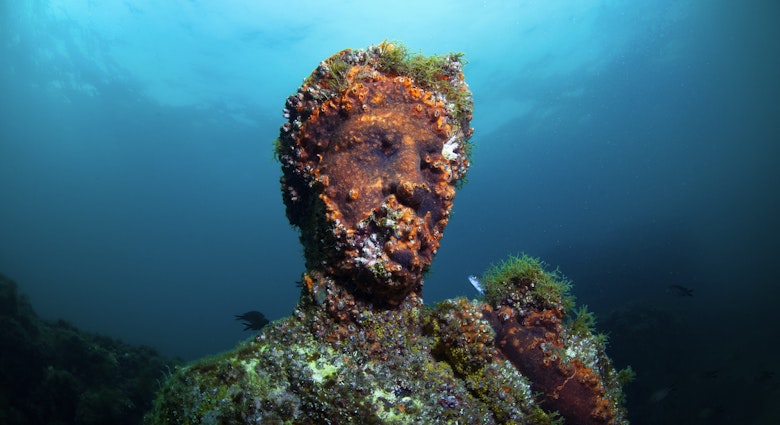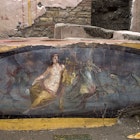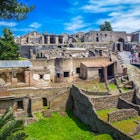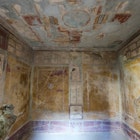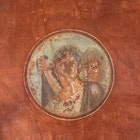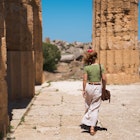Ancient Pompeii is one of Italy’s most haunting sights. Streets of skeletal ruins stretch into the distance while Mt Vesuvius broods darkly on the horizon, a stark reminder of the day it erupted in 79 CE, decimating the local population and burying the city in a thick layer of volcanic debris.
Here we look at Pompeii’s history, its catastrophic demise, and modern resurrection as one of the world’s most popular archaeological sites.
What was Pompeii like before the eruption?
Situated on the Bay of Naples in the southern Italian region of Campania, Pompeii was originally founded by an Italic tribe known as the Osci. Over the following centuries it fell to the Greeks, Etruscans and Samnites, before being incorporated into the Roman world in the 1st century BCE.
Thanks to its position near the mouth of the river Sarno, it became an important trading port. Produce from the fertile interior was shipped out of the city while spices, silk, slaves and wild animals were imported from across the Roman empire.
By the 1st century CE, its population had grown to around 20,000 and it had all the trappings of a successful Roman city: an amphitheater, forum, basilica, several temples and public fountains. Nearby, grand holiday villas dotted the surrounding coastline.
In the city, most people lived in cramped housing blocks on streets lined with shops, bakeries, snack bars (thermopolia), shrines, taverns, and brothels.
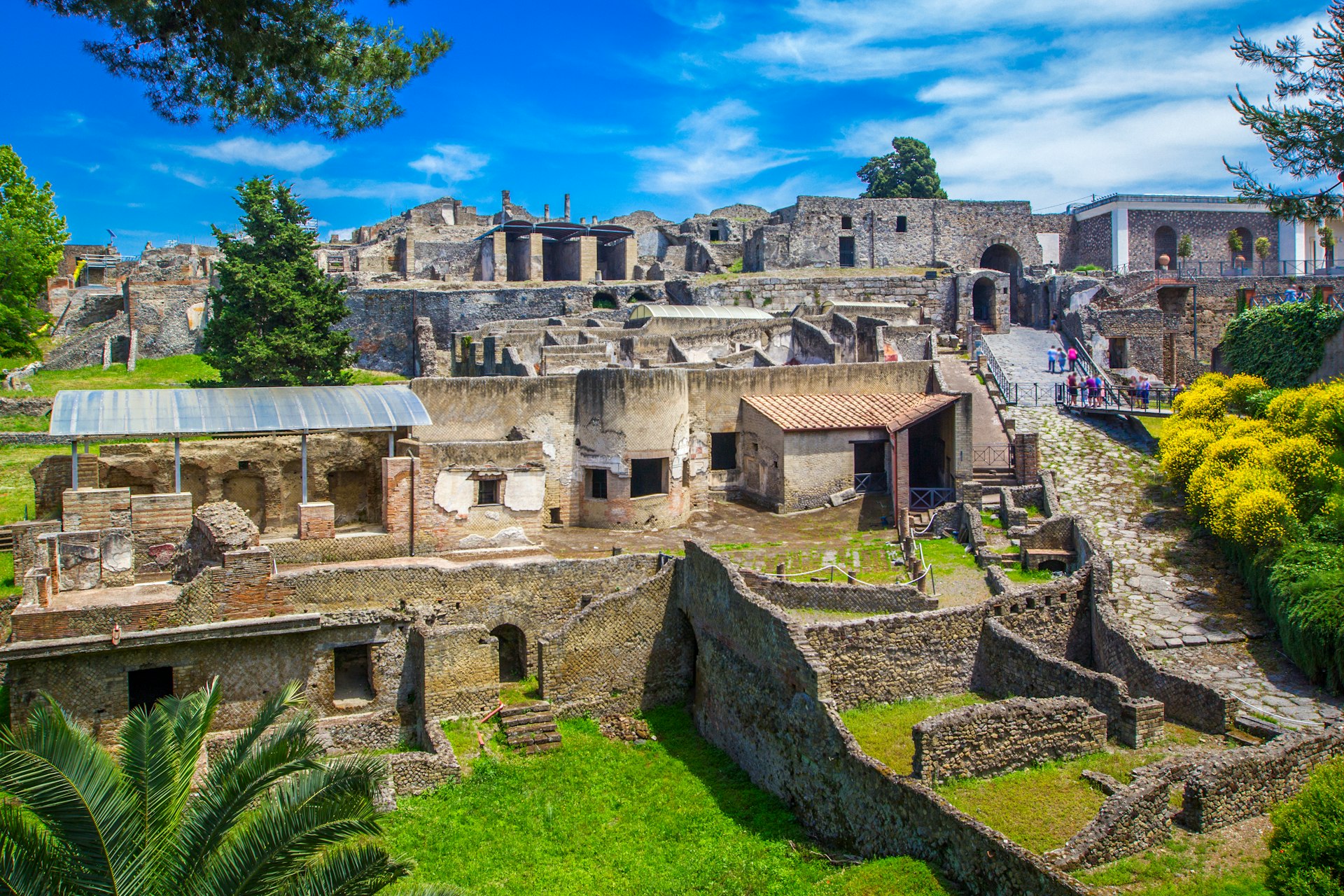
Vesuvius eruption
Even before Vesuvius’ fireworks, 1st-century Pompeii was a dangerous place to be. In 62 CE the city had suffered a major earthquake and many buildings were still being rebuilt when Vesuvius blew its top on 24 August 79.
This date, the one traditionally given for the disaster, was based on an eyewitness account written by Pliny the Younger to the historian Tacitus. However, in 2018 a charcoal inscription was discovered that led archaeologists to posit October as a more probable date.
What’s not disputed, however, is the devastating violence of the eruption. A massive boom heralded the volcano’s opening salvo, which saw a dark cloud of volcanic matter shoot 9 miles (14km) into the sky. Shortly afterwards, ash and lapilli (burning pumice stone) began to rain down on the city, causing buildings to collapse and burying anyone caught indoors.
Throughout the night and into the next morning six pyroclastic surges (waves of lethally hot gas and ash) ripped through the area, raising the ground temperature to 572ºF (300ºC) and killing everyone in their path.
By the time the air had cleared, about 2000 people had been killed and Pompeii lay buried beneath 20ft (6m) of solidified debris. The city had quite literally disappeared off the face of the earth.

Excavations of Pompeii
The underground ruins were first discovered by the architect Domenico Fontana in 1594. He stumbled across them while digging a canal, but he didn’t pursue them and it wasn’t until 1748 that excavations began in earnest.
News of these digs spread across Europe and Pompeii quickly became an essential stop on the Grand Tour. Treasure seekers also flocked to the site to load up on frescoes, mosaics, sculptures, and scrolls.
Systematic work continued throughout the 19th century, and it was in this period that the site’s chilling body casts were made. These were created by pouring liquid plaster into the underground hollows left by the victims’ decomposed bodies.
More recently, an ambitious restoration program known as the Great Pompeii Project was launched in 2012. As part of this, a 200-strong team of international experts was assembled, comprising archaeologists, art restorers, computer scientists, dentists, paleo-botanists, radiologists, and many more specialists.
Their efforts quickly bore fruit and recent years have seen a wealth of new finds and re-openings. In 2018, an erotic fresco depicting the myth of Leda and the Swan was unveiled to much fanfare. Then, in early 2020, the celebrated Casa degli Amanti (House of Lovers) was opened to the public for the first time in decades.
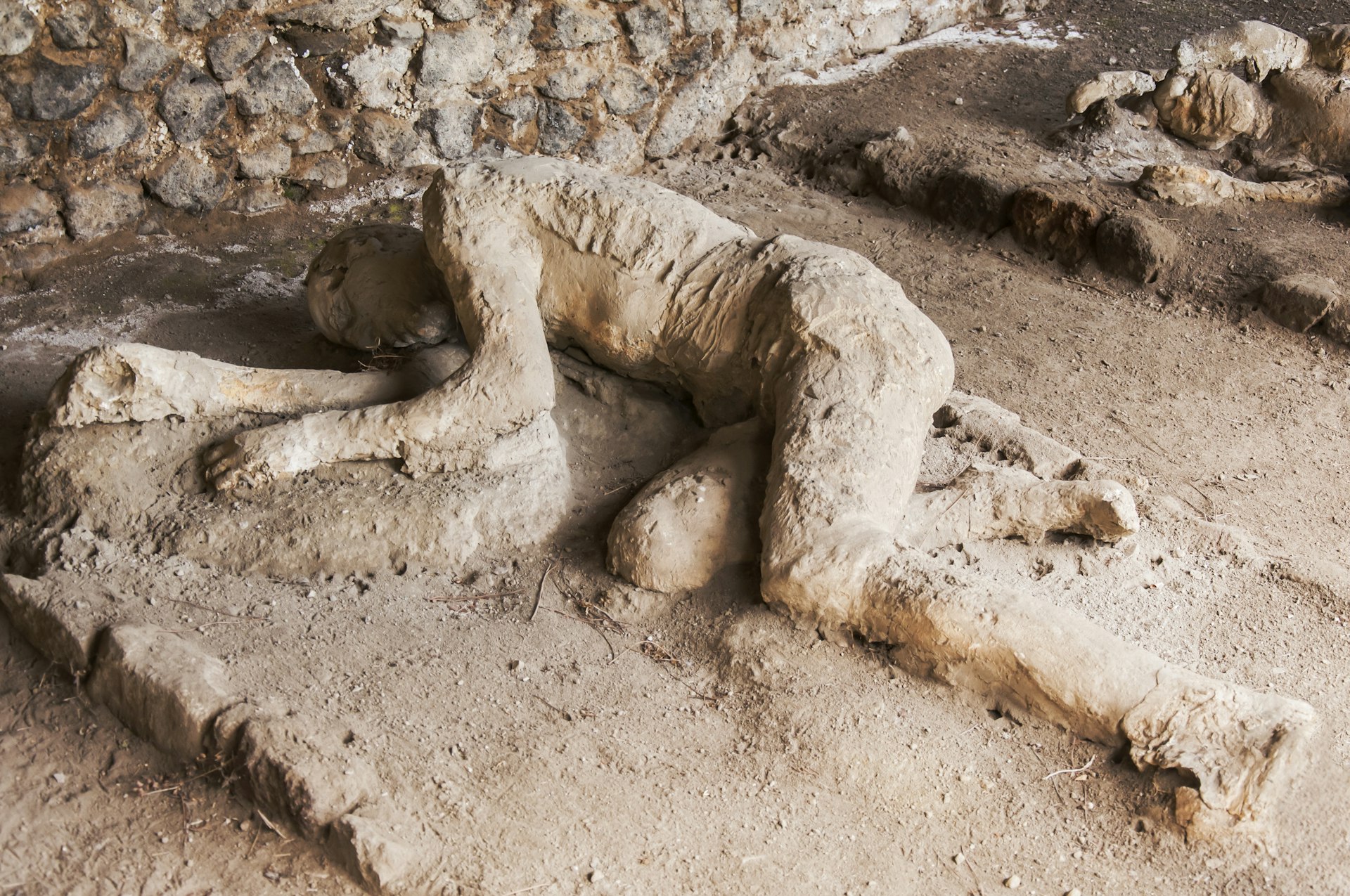
Pompeii highlights
Villa dei Misteri
This restored 90-room villa houses the Dionysiac frieze, the most important fresco still on-site. One of the largest paintings from the ancient world, it depicts the initiation of a bride into the cult of Dionysius.
Casa del Poeta Tragico
The 1st-century House of the Tragic Poet features the world’s first "Beware of the Dog" sign. Look for a mosaic emblazoned with the image of a snarling dog and the Latin words Cave Canem.
Terme Stabiane
The 2nd century BCE Terme is one of the oldest existing Roman baths’ complexes. It boasts a typical layout comprising an apodyterium (changing room), tepidarium (warm bath) and calidarium (hot bath).
Casa del Fauno
One of the largest private houses in Pompeii, this 2nd-century BCE villa is where some of Pompeii’s most celebrated treasures were found. These include the huge mosaic of Alexander the Great and the Persian king Darius on display in Naples’ Museo Archeologico Nazionale. Another well-preserved villa is the luxurious Casa del Menandro.
Lupanare
Pompeii’s brothel was a tiny two-story building with five rooms on the ground-floor. Erotic frescoes served as a menu of sorts.
Anfiteatro
Dating to 70 BCE, the oldest Roman amphitheater in existence could seat up to 20,000 spectators.
Orto dei Fuggiaschi
Once a vineyard, this enclosure showcases the plaster casts of 13 victims caught as they desperately tried to escape the eruption.
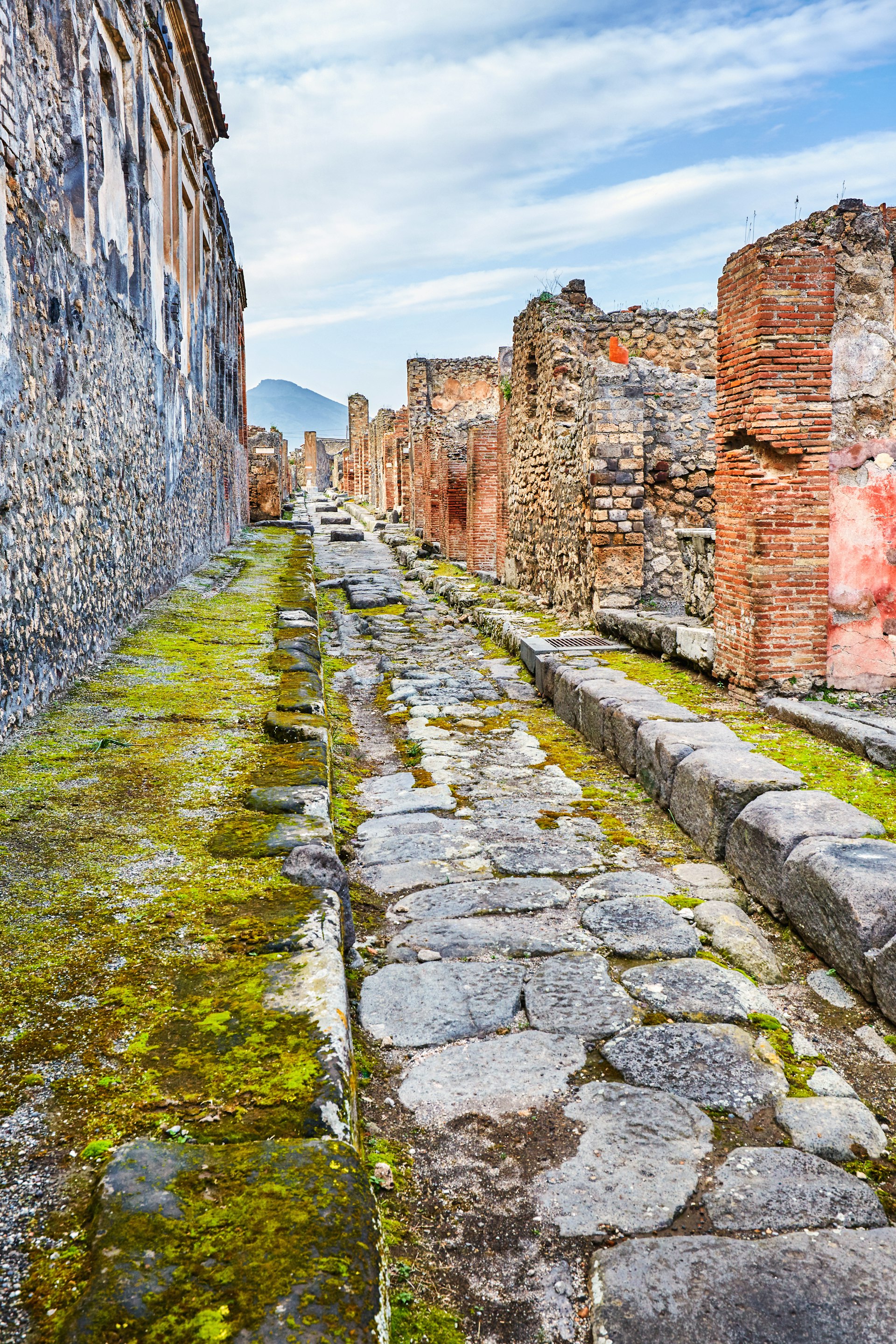
Visiting the site
Pompeii is currently open from 9am to 7pm Tuesday to Sunday with last entry at 5:30pm. Tickets cost €16/2 adult/EU 18 to 25- years old or €10/2 for entry between 4:30pm and 5:30pm. Book tickets online at www.ticketone.it or buy directly at the site. Entry is at timed intervals, and you can check online to see which buildings are open.
Direct Circumvesuviana trains serve the site (Pompei Scavi-Villa dei Misteri) from Naples (35 minutes) and Sorrento (30 minutes). Allow yourself about three hours for a visit. Wear comfortable walking shoes and, in summer, a hat. Take drinking water.
To complement your visit, check out nearby Herculaneum and Naples’ Museo Archeologico Nazionale where many of Pompeii’s best-known treasures are on display.
You might also like:
What travel looks like in Italy in 2020
9 stunning images of Cinque Terre that will have you booking your next trip
This Italian town is the perfect spot for stargazing
Make sure you're ready for anything with travel insurance from our trusted partners.

